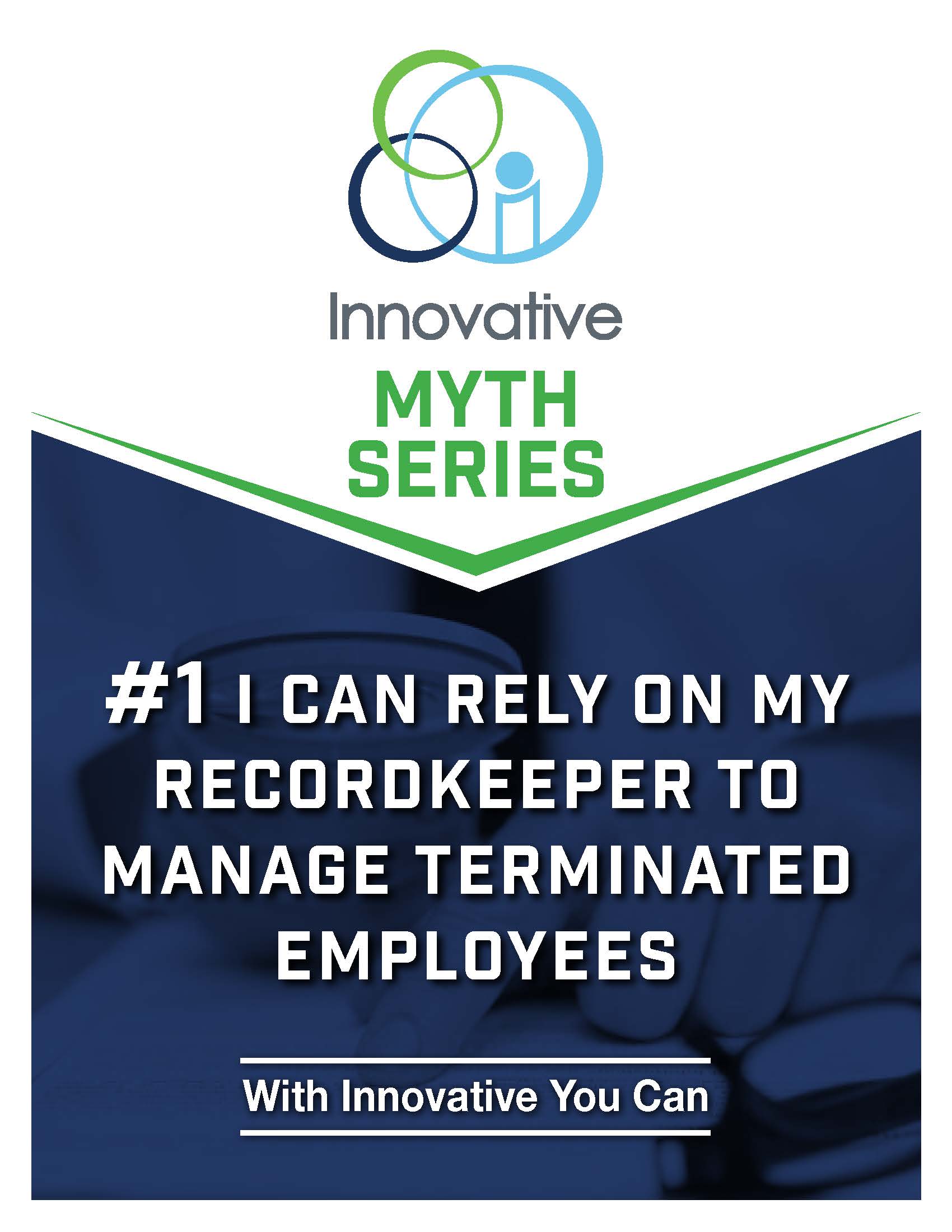Employers that issued 250 or more W-2s in the prior calendar year must include the value of “employer-sponsored group health coverage” on their employees’ W-2s. This means that an employer that issued 250 or more W-2s during 2012 must include the value of employer-sponsored coverage on the employee’s 2013 W-2 (to be issued in January 2014). The same rules apply as were applied in last year’s reporting.
Q1: How does an employer that is in a controlled group determine if it issued 250 W-2s?
A1: Although employers in controlled groups are often combined under the Patient Protection and Affordable Care Act (PPACA), under the W-2 rules each employer (federal employer identification number/EIN) is considered separately. If an agent, like a third-party sick pay provider, issues some W-2s for the employer, those W-2s are considered in the count.
Q2: How long will this exemption apply for smaller employers?
A2: There is no expiration date for this exemption. The IRS has said it will be in effect until it issues a notice that says the requirement will apply going forward. The IRS has promised to give at least six months prior notice of any change in this reporting requirement.
Q3: Are any other employers exempt from this requirement?
A3: Until further notice, employers that provide coverage through a multiemployer (Taft-Hartley) plan will not need to include this information for employees covered by the multiemployer plan. Since that plan most likely will not issue a W-2, this means that there will be no W-2 reporting of costs for these employees.
Q4: How does the multiemployer exemption apply if some employees are covered by a multiemployer plan and others are covered by a plan sponsored by the employer?
A4: Although the employer does not need to include cost information on the W-2s of employees covered under the multiemployer plan (although it may do this if it wishes), it does need to report the cost of coverage on the W-2s of employees covered under the employer-sponsored plan. All employees, whether covered under the multiemployer plan or the employer-sponsored plan, are counted when deciding if the employer issued 250 W-2s in the prior year
Q5: What group health coverage needs to be reported?
A5: Reportable “group health coverage” includes:
• Medical (PPO, HDHP, HMO, etc.)
• Dental and vision if bundled with medical
• Onsite medical clinics, EAP and wellness if a COBRA premium is charged
• Hospital indemnity or specified illness if paid with pre-tax dollars (this includes voluntary/ancillary products paid through a Section 125 plan if they have a medical component, like cancer, hospital intensive care, and critical illness policies)
• Employer-provided flex credits or flex dollars
Q6: What group health coverage does not need to be reported?
A6: Reportable “group health coverage” does not include:
• Stand-alone dental and vision* (stand-alone means these benefits are elected separately from medical and have discrete premiums)
• Life insurance
• Short- and long-term disability and accident insurance
• Long-term care
• Employee salary reduction (pre-tax) contributions to health FSAs
• Hospital indemnity or specified illness paid with after-tax dollars
• On-site clinics, EAP, and wellness, for which a separate COBRA premium is not charged*
• Health reimbursement arrangements (HRAs)*
• Health savings accounts (HSAs)
• Multiemployer plans*
• Workers’ compensation
* The employer may report this if it wishes.
Q7: What amount should be reported on the employee’s W-2?
A7: The employer must report the total cost of coverage (employer and employee contributions, and generally whether paid pre-tax or after-tax) for all coverage provided to the employee and any covered family members. To determine the cost, the premium should typically be used for insured benefits and the COBRA contribution (excluding the 2 percent administrative charge) should be used for self-funded plans.
Q8: Should special PPACA fees be reported?
A8: There is no government information on this. However, since these fees are part of the cost of coverage, it would seem to be reasonable to include them.
Q9: How is the cost reported if the employee adds or discontinues coverage during the year?
A9: If an employee adds or discontinues coverage during year, the employer must report based on the periods (e.g., months) actually covered.
Q10: How is the cost reported if the employee changes his or her coverage level during the year?
A10: If an employee changes his or her coverage level during the year (e.g., from single to family), the reportable value is the sum of the costs for the periods of single coverage and the cost for the periods of family coverage.
Q11: How is the cost of coverage reported for an employee who terminates employment during the year?
A11: If an employee terminates employment, and does not elect COBRA, the employer needs to report his actual cost of coverage for the time he was covered. (This information does not need to be reported, however, if the W-2 is issued mid-year.) If the employee elects COBRA, the employer may report the value of COBRA or not, as it prefers, although it must report for all terminating employees the same way.
Q12: How is the cost of coverage reported if the premium changed during the calendar year?
A12: If the premium increased or decreased during year, the employer must accurately report the actual cost of coverage for the year.
Q13: How is the cost of coverage calculated if a change occurs during a coverage period?
A13: If the change in coverage or cost occurs during a period (e.g., in the middle of a month where costs are determined on a monthly basis), an employer may use any reasonable method to determine the reportable cost for the period. Methods such as using the cost at the beginning of the period or at the end of the period, or averaging or prorating the costs, can be used provided that the same method is used for all employees with coverage under that plan. Similarly, if an employee begins or terminates coverage during a period, an employer may use any reasonable method to calculate the reportable cost for that period, provided that the same method is used for all employees with coverage under the plan.
Example 1: The monthly cost for self-only coverage for the period October 1, 2012, through September 30, 2013, is $500 and the monthly cost for self-only coverage for the period October 1, 2013, through September 30, 2014, is $520. Ed had self-only coverage for the entire year. Ed’s employer must report Ed’s 2013 health care cost as $6,060 [($500 x 9) + ($520 x 3)].
Example 2: The monthly cost for self-only coverage for 2013 is $500 and the monthly cost for self-plus-spouse coverage is $1,000. Ellen had self-only coverage from January 1, 2013, through June 30, 2013, and then had self-plus-spouse coverage from July 1, 2013, through December 31, 2013. Ellen’s employer must report her 2013 cost of coverage as $9,000 [($500 x 6) + ($1,000 x 6)].
Q14: How does an employer determine the cost of coverage if it bundles both reportable and non-reportable coverage?
A14: If reportable (health) coverage and non-reportable coverage (such as disability or life insurance) are bundled, an employer may use any reasonable method to allocate the total cost of coverage between the two categories and then report only the cost of the health coverage. If either the reportable health coverage or the non-reportable coverage is merely “incidental” to the other type of coverage, the employer may treat the plan as though it provided only the primary type of coverage.
Q15: What happens if an employer learns about a change in coverage after the end of the year?
A15: The employer may determine the cost of coverage based on the facts it has on December 31. It may disregard any information it learns after that date, even if that information results in the employee’s coverage during the reporting year to either increase or decrease in value, due, for example, to retroactively adding a newborn or dropping a former spouse.
Q16: What are the employer’s options if the final pay period in the year continues into 2014?
A16: The employer may allocate that entire pay period to either 2013 or 2014, or allocate based on actual days within the pay period, as it prefers. It must use the same method for all employees.
Q17: Must an employer report imputed income for domestic partners or overage dependents?
A17: If any income is imputed for providing coverage to domestic partners or dependent children over age 26, that amount should be reported.
Q18: Does reporting this information make it taxable income to the employee?
A18: No, it does not. This reporting is simply informational.
Q19: How is the cost of coverage reported?
A19: The total cost of coverage must be reported in Box 12 of the W-2, using code DD.
Q20: Should this information be included on the W-3 report?
A20: No, this should not be reported on the W-3.
Q21: Does an employer need to issue a W-2 simply to report the cost of coverage?
A21: No. The employer does not need to issue a W-2 simply to report the value of the employee’s health coverage, so the employer, most likely, will not need to report the cost of coverage to retirees, owners, or certain COBRA beneficiaries.
Q22: Are government and church plans required to do this reporting?
A22: Yes, state and local governments and church plans must do this reporting. There is, however, an exemption for Indian tribal governments and tribally-chartered corporations wholly owned by a federally-recognized Indian tribe.
Q23: Are grandfathered plans required to do this reporting?
A23: Yes.
Q24: Where can I get additional information on this requirement?
A24: The IRS has issued a Q&A (which links to a helpful chart) and a detailed Notice that provide more information on this requirement.
If you would like a copy of this FAQ please request it here.










